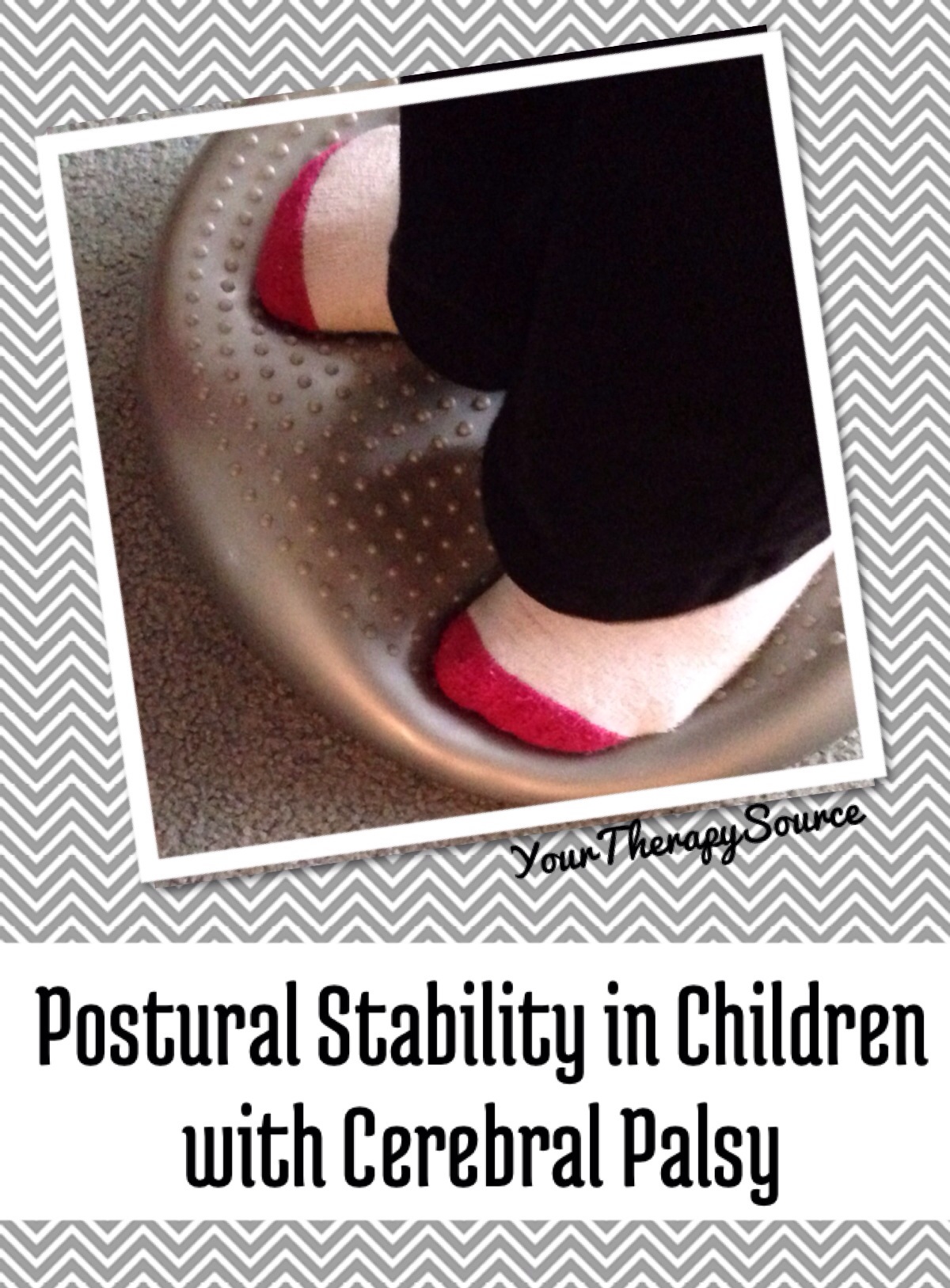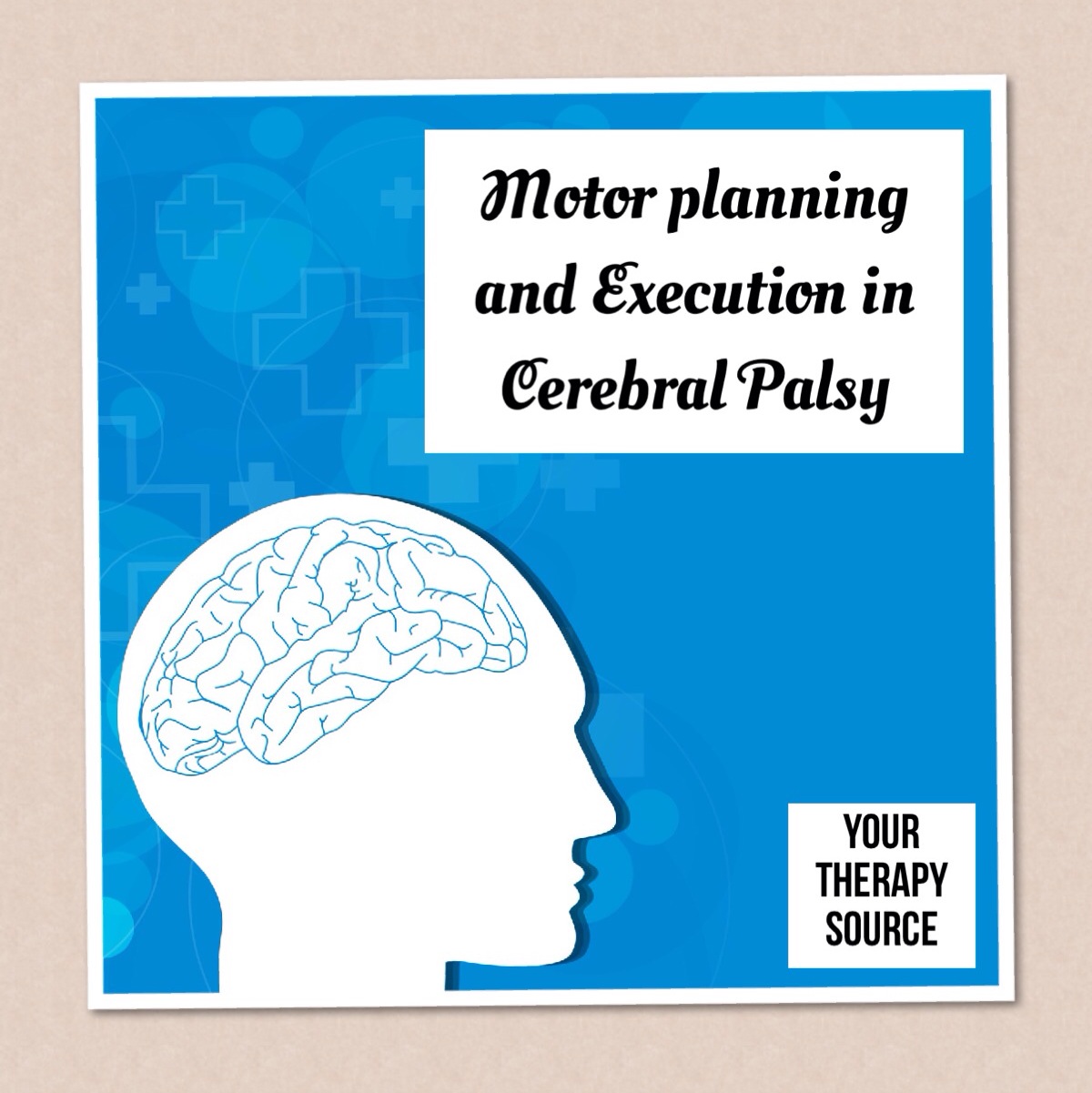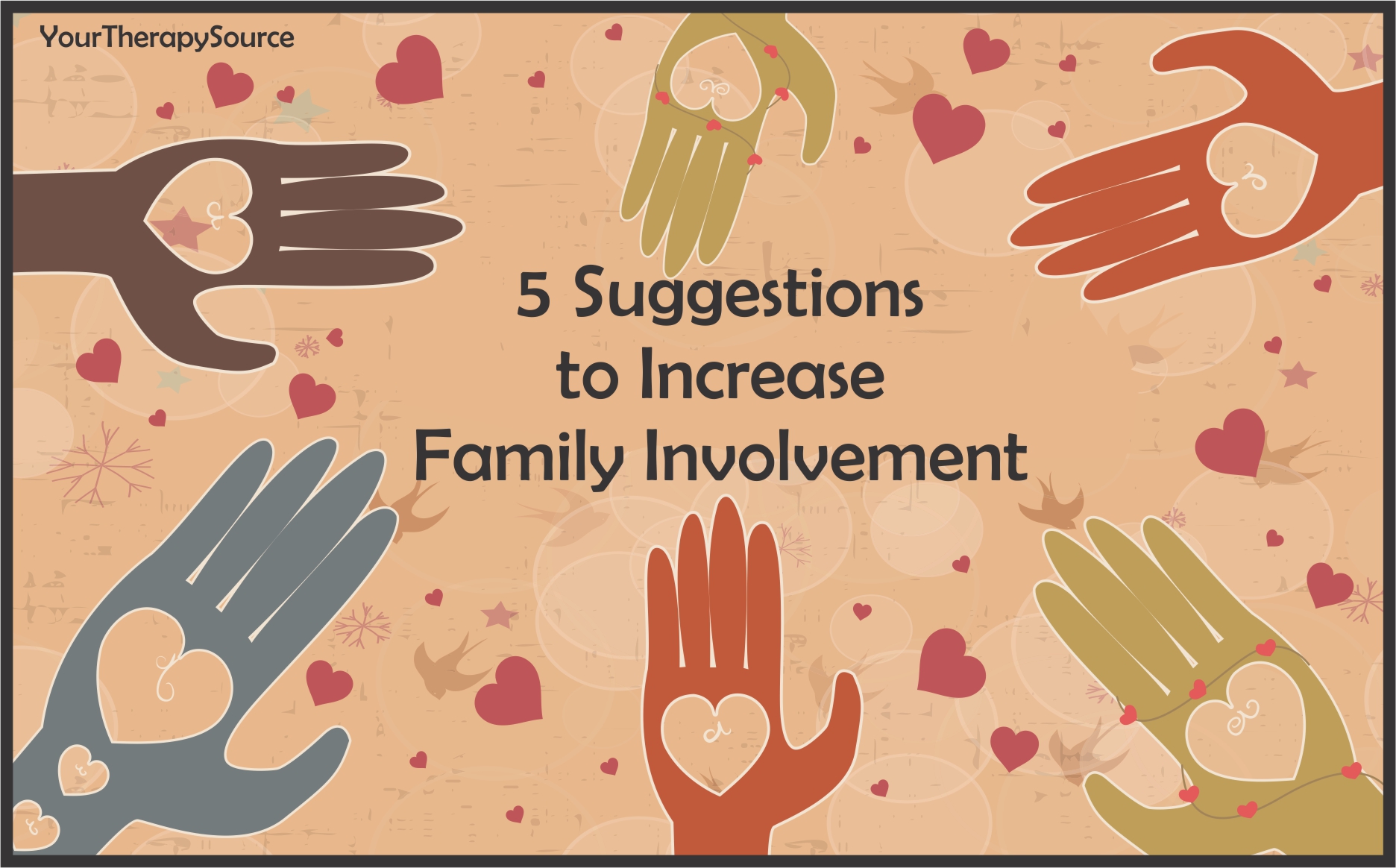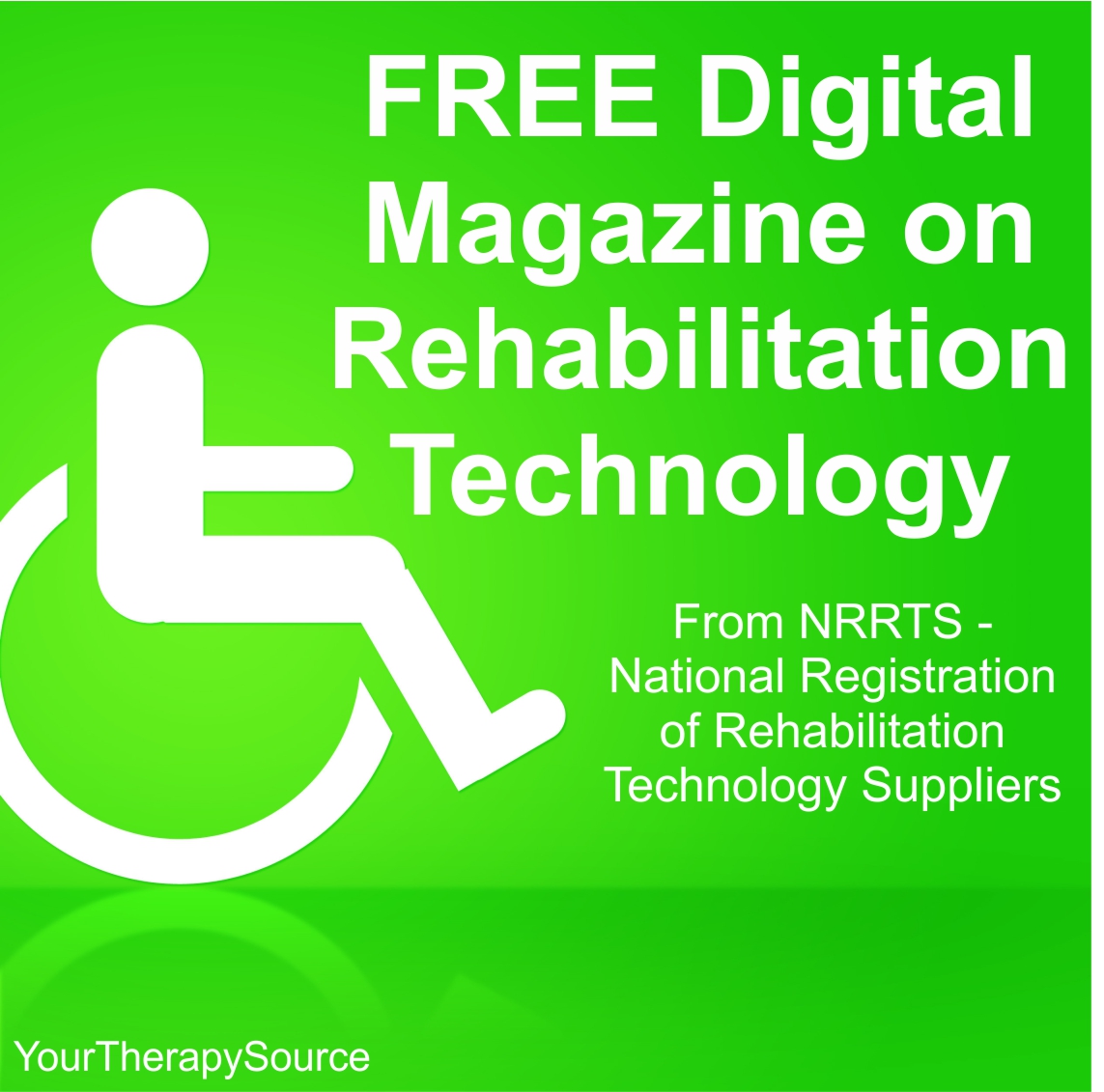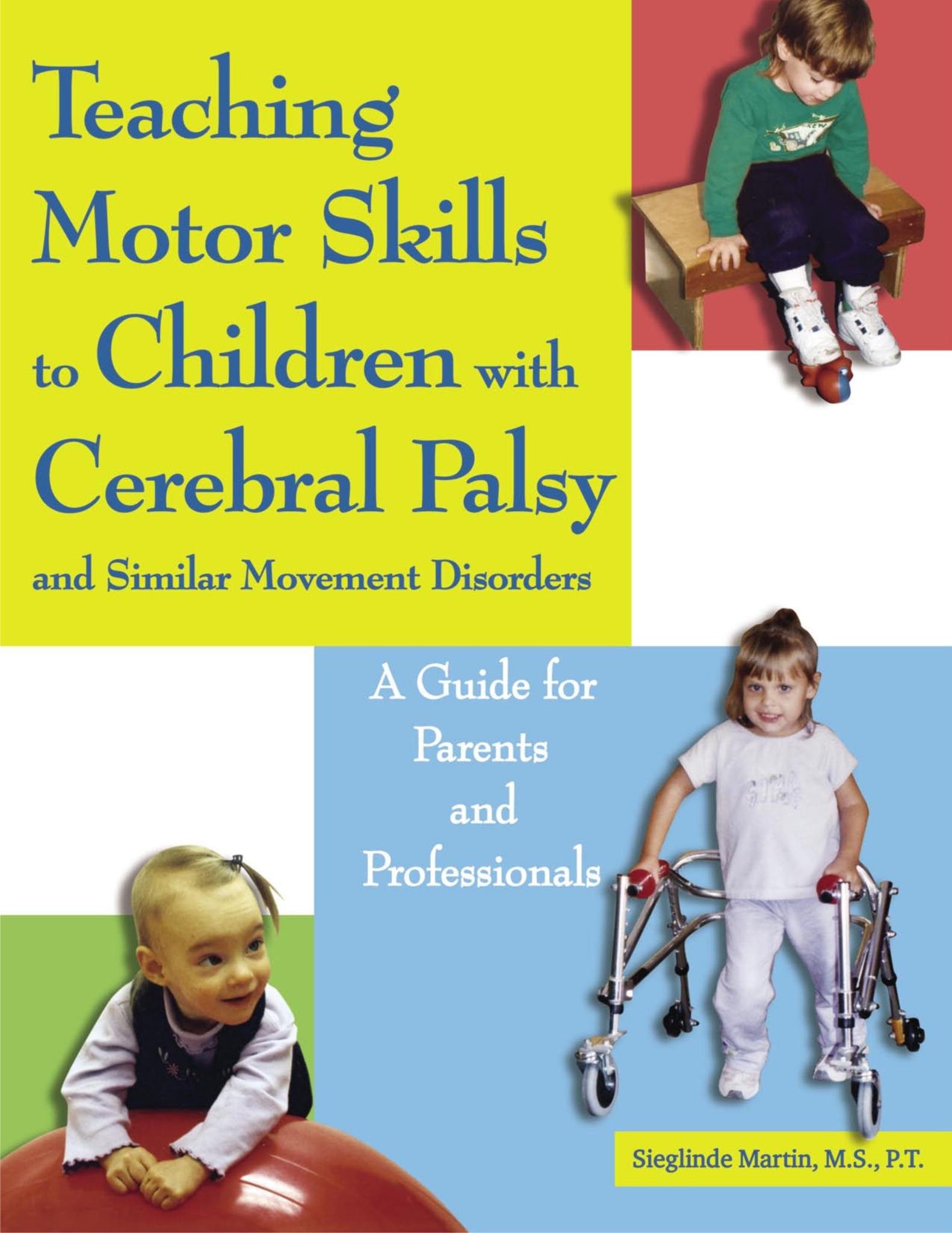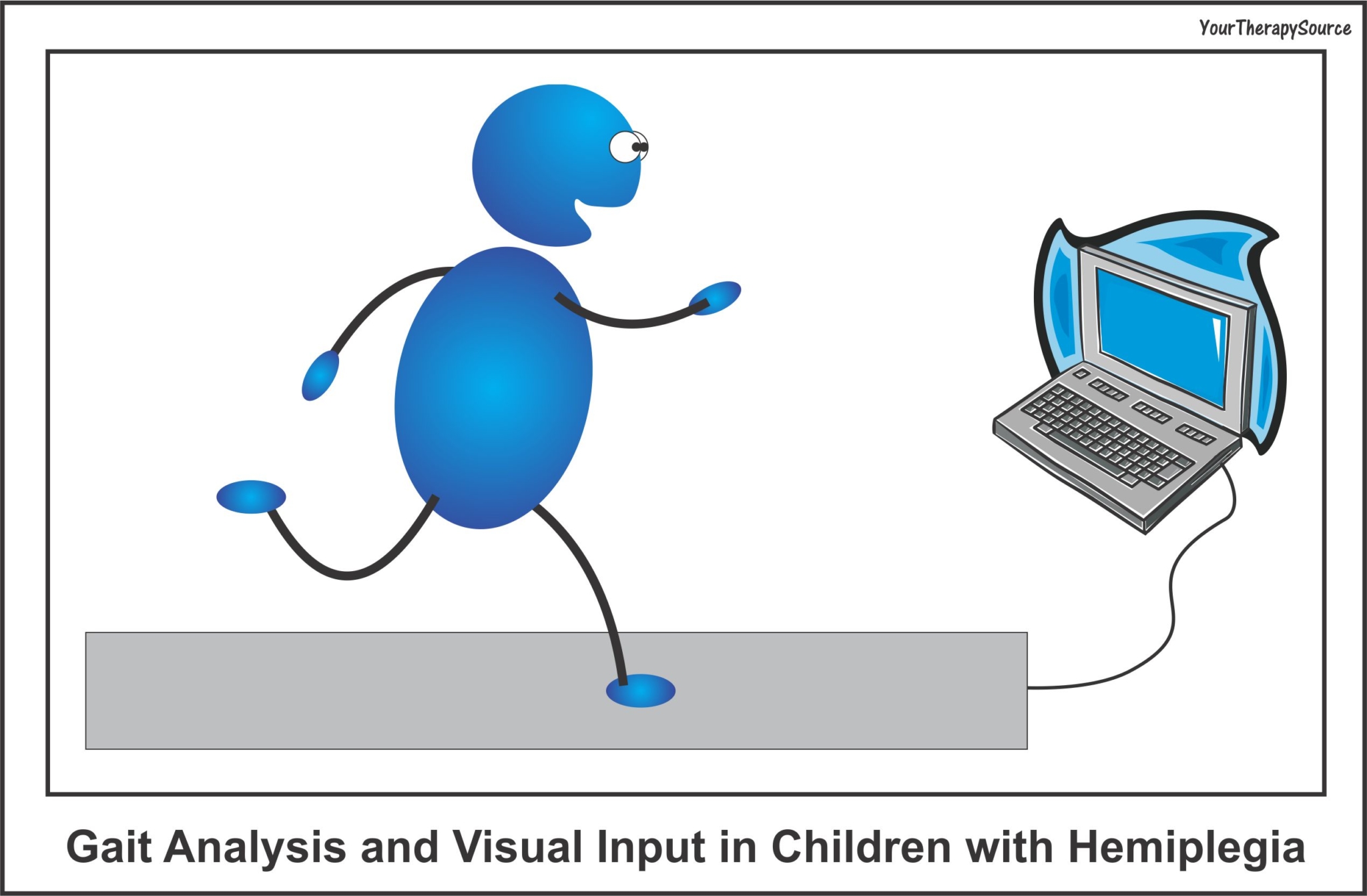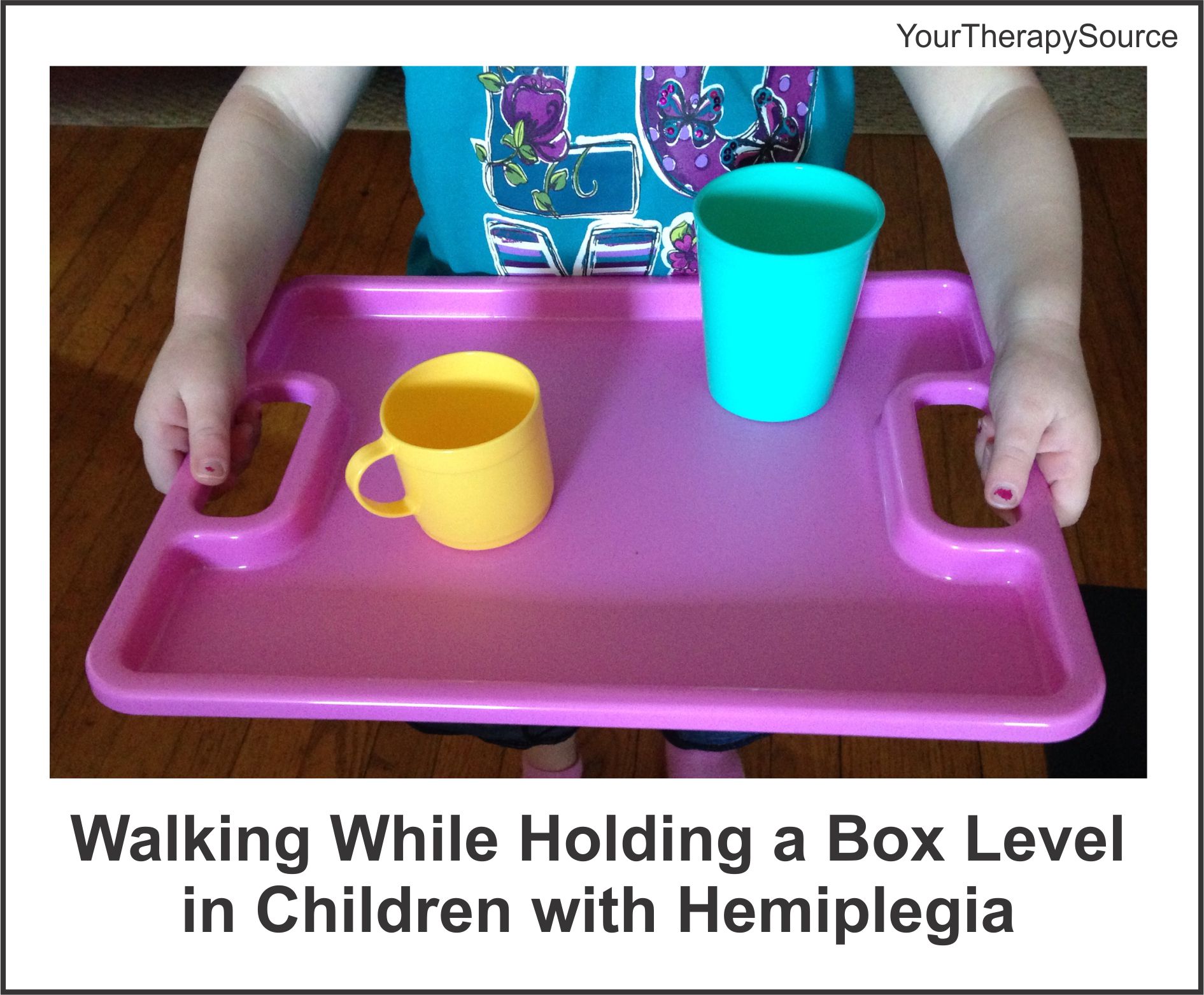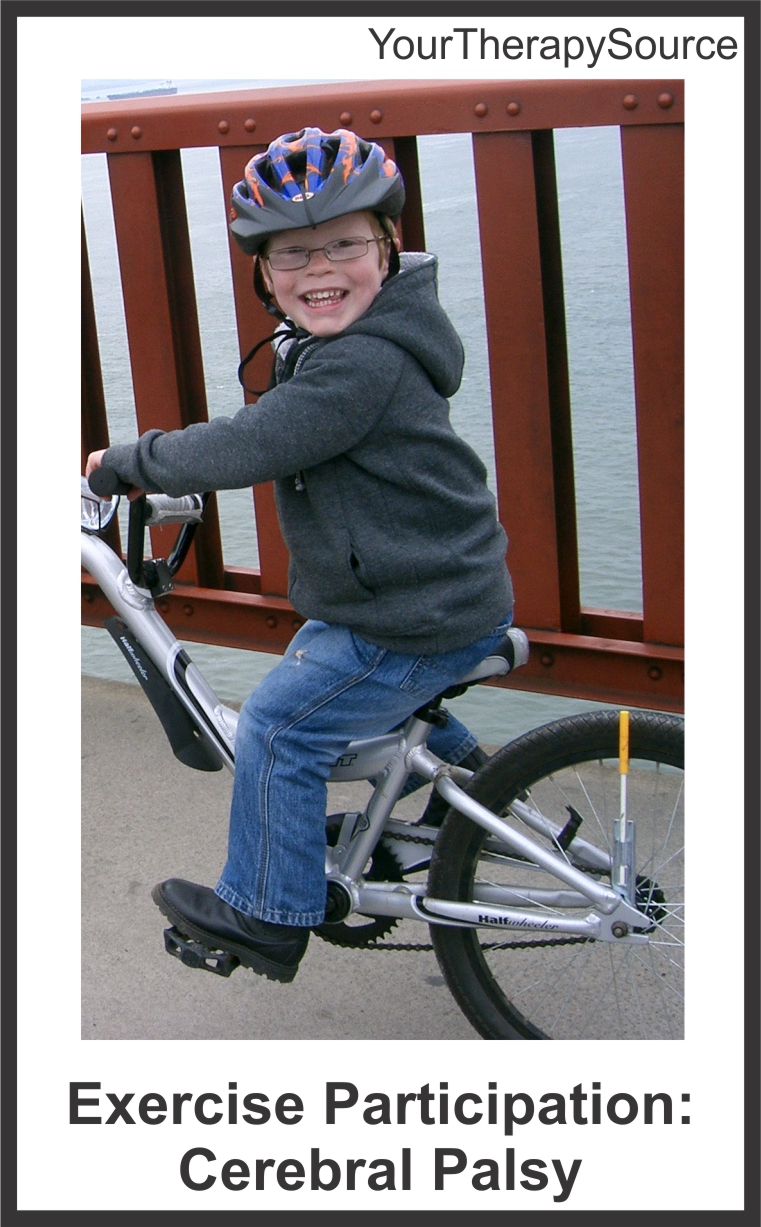Postural Stability and Cerebral Palsy
Pediatric Physical Therapy published research comparing postural stability during static upright standing between 45 children with cerebral palsy (CP) and 45 age-matched peers with typical development (TD) ages 5-12 years old. A posturography device was used for assessment. Postural stability was evaluated under 4 sensory conditions: eyes open and eyes closed on a firm surface; […]

